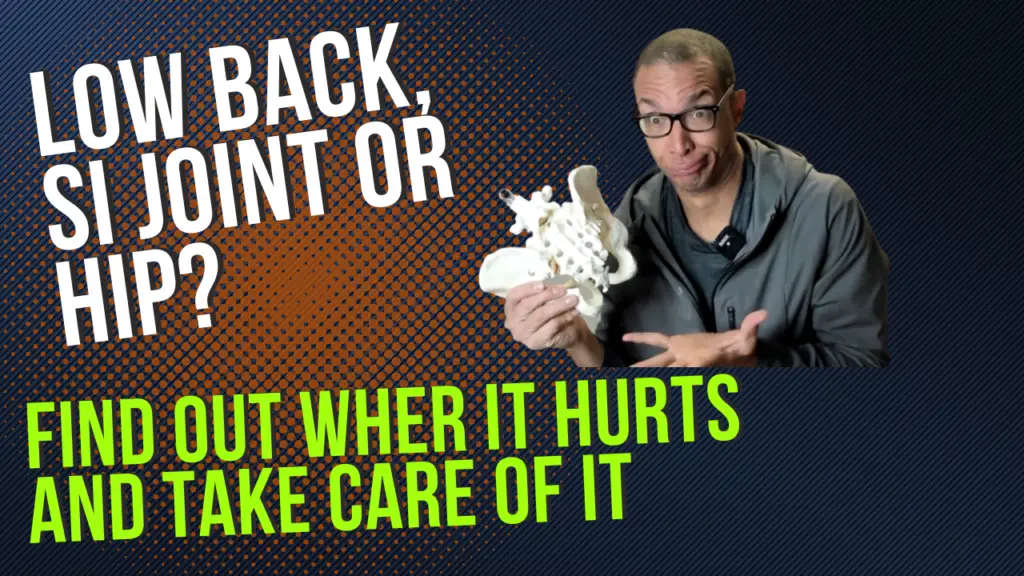
If you’ve been diagnosed with osteoporosis, chances are you’ve heard some version of this warning: “Don’t bend over you might break your back!” But is it really that simple? What if you drop something, need to garden or vacuum, or want to play with your grandkids? Does having osteoporosis mean you’re forever doomed to a life of restricted movement or is there a more balanced, empowering approach?
[The Ultimate Guide For A Holistic Exercises And Fitness Program]
The Standard Warning and Why It Exists
Osteoporosis thins your bones and makes them more fragile, especially at the spine. Standard advice is to avoid:
- Forward flexion (bending at the waist with a rounded back)
- Twisting (especially while flexed)
- Lifting heavy items with poor body mechanics
The reason is simple: These moves sharply increase compressive forces on your spine, particularly the front part of your vertebral bodies, and this is exactly where bone is most fragile with osteoporosis. In fact, statistics show the majority of osteoporosis-related spinal fractures happen with simple, daily movements—not from falls or accidents. Even something as simple as bending to tie your shoes or pick up a pet can trigger a vertebral fracture if your posture is poor and your bones are weak.
Why This Advice Isn’t the Whole Story
But real life isn’t lived in a bubble. You WILL need to bend, reach, and twist from time to time. And here’s the truth: No two people with osteoporosis are exactly alike. Your risk of fracture is determined by far more than just your diagnosis. It’s about your overall bone density (as measured by your T-score), your history of fractures (or lack thereof), your balance and strength levels, your soft tissue health, your nutrition, and even your hydration and stress levels.
Did you know…?
- A T-score from −1 to −2.5 is considered osteopenia (lower than average bone mass but not yet true osteoporosis).
- Osteoporosis is diagnosed at −2.5 or below, and deeper negatives signal greater risk.
- If you have had a previous spinal fracture, your risk of another is much higher.
What About Everyday Life?
Imagine you have beginning osteoporosis or osteopenia. You still want to hike, garden, travel, and play with your grandkids. Should you be terrified to bend? No! But should you move with greater awareness and make smart modifications? Absolutely.
Let’s break down the top considerations:
- Your Bone Density and History
If your osteoporosis is advanced (lower T-score and/or history of spinal fractures), you must be extra cautious—especially with high-risk, forceful, or repetitive bends. If you’re earlier in the process and otherwise active, movement is critical for maintaining bone and muscle! - Your Current Fitness and Mobility
How balanced and strong is your body right now? If you have good posture, strong legs and hips, and flexible fascia, you’re already more resilient. If you’re already a little frail, dehydrated, or consistently out of alignment, your risk is higher—and so your plan needs to start with foundations. - Your Technique: Bending Smart
The key for everyone—regardless of bone density—is learning and practicing safe movement patterns: - Hip hinge, not spine curl: Bend at the hips and knees, sticking your chest out, so your back stays straight and the force is safely absorbed in your larger stabilizer muscles.
- Keep movement slow and controlled: No quick, abrupt bends. Avoid bouncing or twisting motions.
- Keep weight close to your body: Don’t reach, stretch, and twist while holding something heavy or awkward.
- The Power of Whole-Body Training
Here’s what’s often missing from most online advice: Total body balance, hydration, fascia health, and postural training are all crucial. Balance helps prevent falls. Hydration and soft tissue health support bone health, nutrient delivery, and safe movement. - Training for balance and stability protects you from both falls and spinal stress.
- Maintaining your four spinal curves and strengthening your deep core (abs, back, and trunk muscles) disperses forces more safely.
- Hydration supports disc “fluffiness” and joint health—reducing spinal compression and painful movements.
- You CAN Build (or Re-Build) Bone Strength Safely!
Safe weight-bearing, resistance, and low-impact exercises (like walking, light resistance, Nordic walking, and gentle yoga—avoiding loaded flexion and twisting) stimulate new bone growth, help you maintain muscle, and boost confidence. - Every Program Must Be Personal
Your daily routine, goals (hiking, playing, gardening, or just remaining independent), nutrition, supplement needs, and even sleep and stress must be considered together—not just one-size-fits-all rules. If you’re deeper into osteoporosis, all activity should be customized, and for some people, only micro-movements and balance work are appropriate.
Practical “Yes/No” for Bending Over With Osteoporosis
- Beginning osteopenia, active & balanced: Yes—with good technique, body awareness, and gradual progression.
- Moderate osteoporosis, no previous fractures, working on fitness & nutrition: Cautious yes, with modifications and under expert supervision.
- Advanced osteoporosis with previous fractures or other serious risk factors: Very limited—avoid flexion, get expert advice, focus on postural and functional strength, microstimulation, and sustainable movement patterns.
Never try to “push through” pain, round your back under load, or perform high-impact, jerky, or twisting exercises without guidance.
The Bottom Line
Bending over with osteoporosis is NOT an all-or-nothing rule. It’s a nuanced, highly individual decision, and it’s about good technique, foundational strength, and building your resilience over time. Most importantly, it’s about creating balance—throughout your day, your body, and your routine. With the right plan, support, and progression, you can stay strong, independent, and active for life.
it’s not just working out, it’s building a foundation for a better life.
Find out more @


